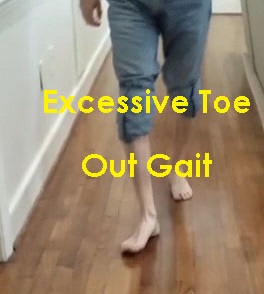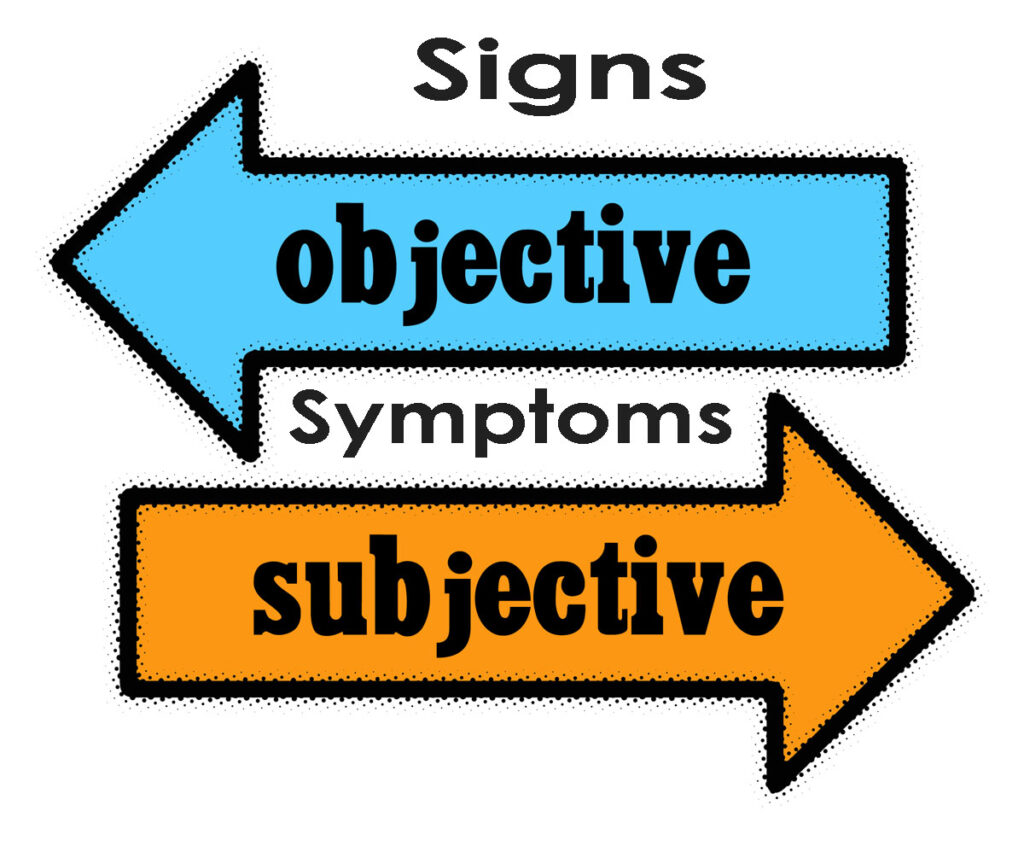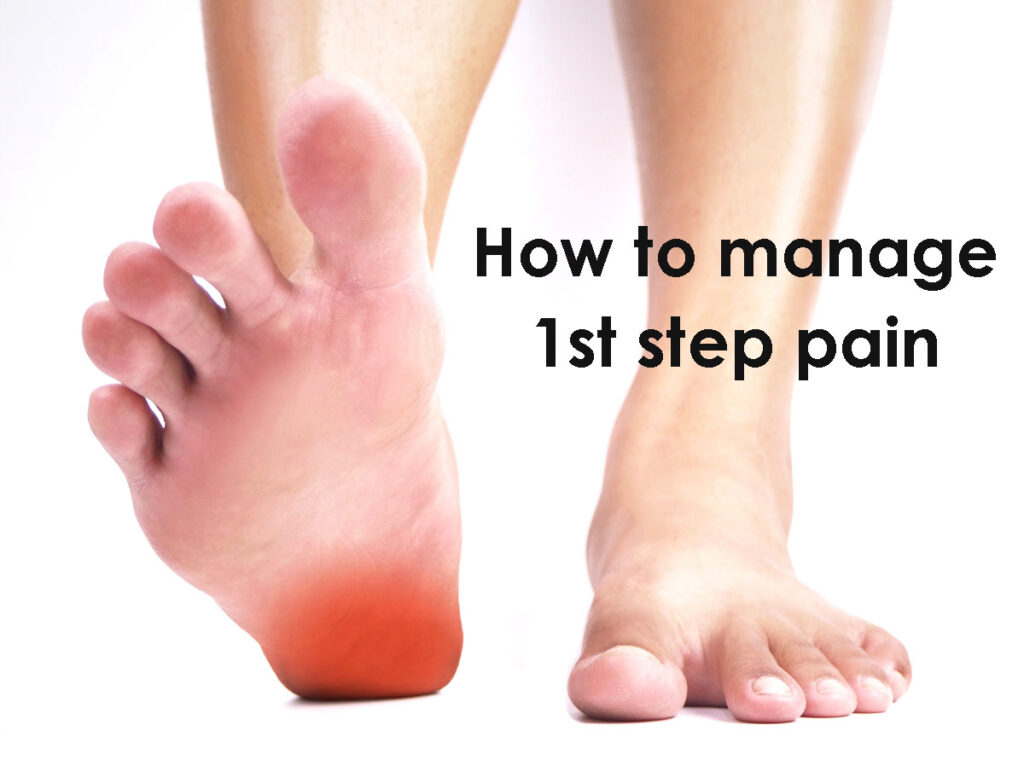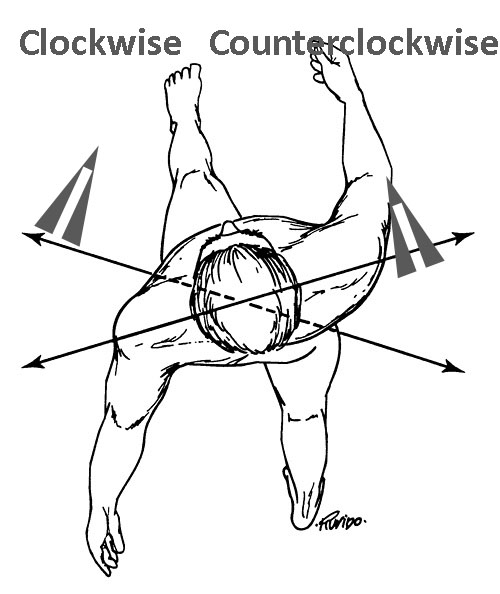Running
Adjusting the exercise load to manage musculoskeletal pain syndrome
Adjusting the amount of exercise load involves seeking a balance between increasing or decreasing the load. Athletes and healthy individuals the bias is towards increasing the load to improve capacity and performance. For musculoskeletal injuries, post-orthopedic surgery, or musculoskeletal pain syndromes, the bias is towards decreasing the load to facilitate healing and recovery. Tactics to…
Read MoreAdjusting exercise load to optimize capacity performance
When it comes to adjusting exercise loads to optimize performance capacity it necessitates both art and science. “Load management” in athletics and sports is a popular strategy to control the training volume, intensity, and rest to optimize performance while minimizing the risk of injury. To improve performance or capacity, the exercise/load must exceed the individual’s…
Read MorePain – What does it feel like? How this information can guide intervention
When describing your pain details can include location, type, severity/intensity, frequency, duration, triggers, and impact on life. When describing the location of the pain it may not be accurate. Pain can be perceived in an area that is distant from the tissue source of the pain. This is described as referred pain, when the pain…
Read MoreMom’s words of wisdom make sense
Mother’s Day is a fun time to review some old wives’ tales that abound in the health and wellness arena. My mom used to say, “the difference between a man and a boy is that a man walks around a puddle and a boy plods right through them.” At the beginning of a walk or…
Read MoreDeviant movement resulting in pain – Excessive Toe Out Gait
Asymmetrical movements walking or running are considered deviant or less than optimal movements. The individual in the video below is complaining of musculoskeletal pain in the left lower extremity. What do you see? Do you see the asymmetrical movement? Do you see the right foot is pointing straight ahead, and the left foot is not…
Read MoreUsing symptoms &/or sign modification procedure to manage musculoskeletal pain syndrome
The symptom modification procedure is a clinical reasoning process and is a common practice in the Physical Therapy profession. The symptom modification procedure involves identifying the specific movement, posture, and/or activity that reproduces the patient’s symptoms. Typically, the symptom is pain, which can be weakness, falls, or other functional limitations. Then intervening to alter the…
Read MoreSteps to manage first step pain
A definitive symptom of plantar heel pain is “first-step pain” First-step pain is felt on the first step out of bed in the morning or after other periods of inactivity such as sitting in meetings or long car drives. The following are simple steps to manage the 1st step pain: Purposeful pandiculation for pain plantar…
Read MoreHow to improve the quality of a selfie video to facilitate motion analysis
In a previous article, I described how sharing selfie videos with healthcare professionals can facilitate motion analysis for the management of painful musculoskeletal syndromes, injury prevention, and performance enhancement. This article describes how to improve the quality and standardize the process of capturing selfie videos to facilitate the motion analysis process. I am a healthcare…
Read More“Deme Bones” – inter-limb deviation related to the musculoskeletal pain syndromes
“The toe bone is connected to the foot bone” is the common reframe from the old gospel song “Dem Bones.” The concept of mechanical connectedness or regional interdependence applied to musculoskeletal pain syndromes suggests that in addition to examining a patient’s local area of complaint examination of the adjacent joints above and below the primary…
Read MorePlantar fasciitis v tendinopathy words matter – stretching exercises are overrated
Why is the plantar region the only region of the body where the terminology of fasciitis is used? Fascial tissue is present throughout the body including the ankle, knee, hip, back, and abdominal regions of the body. Yet, we do not use the term knee fasciitis or back lumbar fasciitis. We know that stretching exercises…
Read More









